Rashed Agha’s House Architectural Analysis
By: Meer Kawa
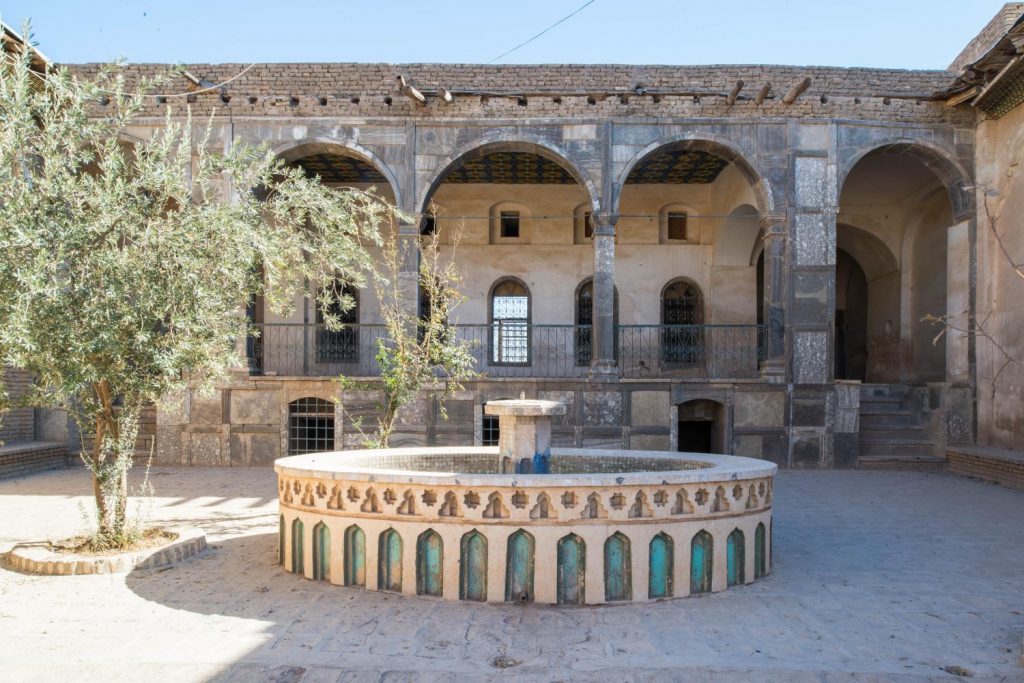
The history of Rashed Agha’s house dates back 155 years; It is a historic house that is close to Mala Afandi Mosque inside the Erbil Citadel, it features a basement that has been utilized for sleeping during the summer and for storing food. it has a total area of 470 square meters, It has two stories, one of which is a semi-basement and the other a raised upper portion, and it has a lovely courtyard at the front door. It boasts a beautiful perspective of the entire city and features a balcony which is around one meter deep that look out over Erbil’s city and citadel. There is a porch (Tarma) that looks out over the courtyard and a fountain in the centre of the courtyard, all of which add to the atrium’s ambiance with Arched ceiling, carved wood, and painted decorations.
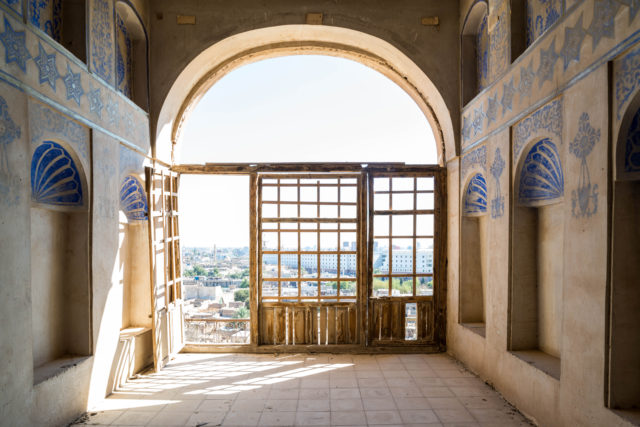
Stone arches and columns make up the arcade’s structural framework, which was often made up of three or more arches. On the other hand, the Porch (tarma) was built with wooden columns that end in ornate (muqarnased) capitals.
Three of the courtyard’s sides of the house have colonnaded tarmas. It lacked the distinctive Iwan feature that distinguishes a Mosul dwelling. The round stone arches, marble face on some courtyard walls, and some door elements were likely constructed by Mosul-based masons. On the walls there are even some painted embellishments, including the traditional cobalt-blue of Mosul.
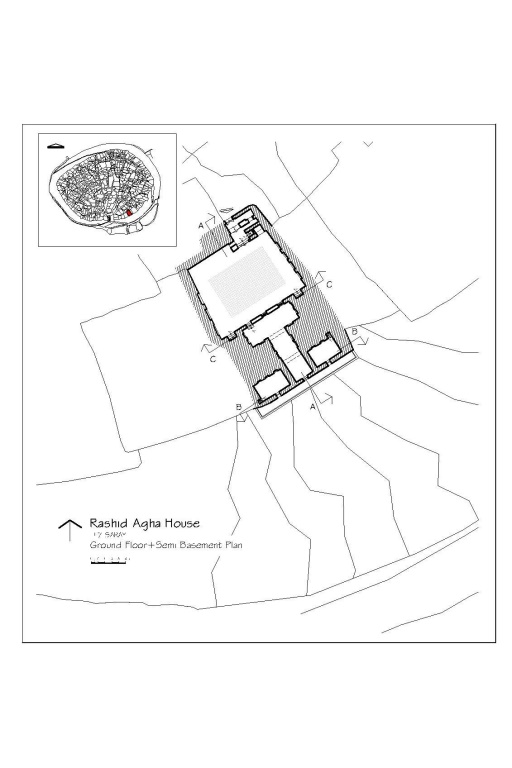
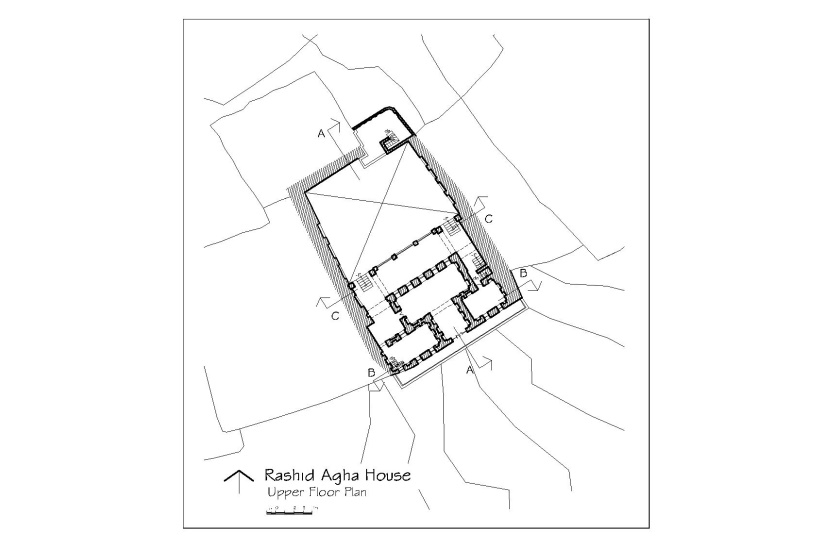
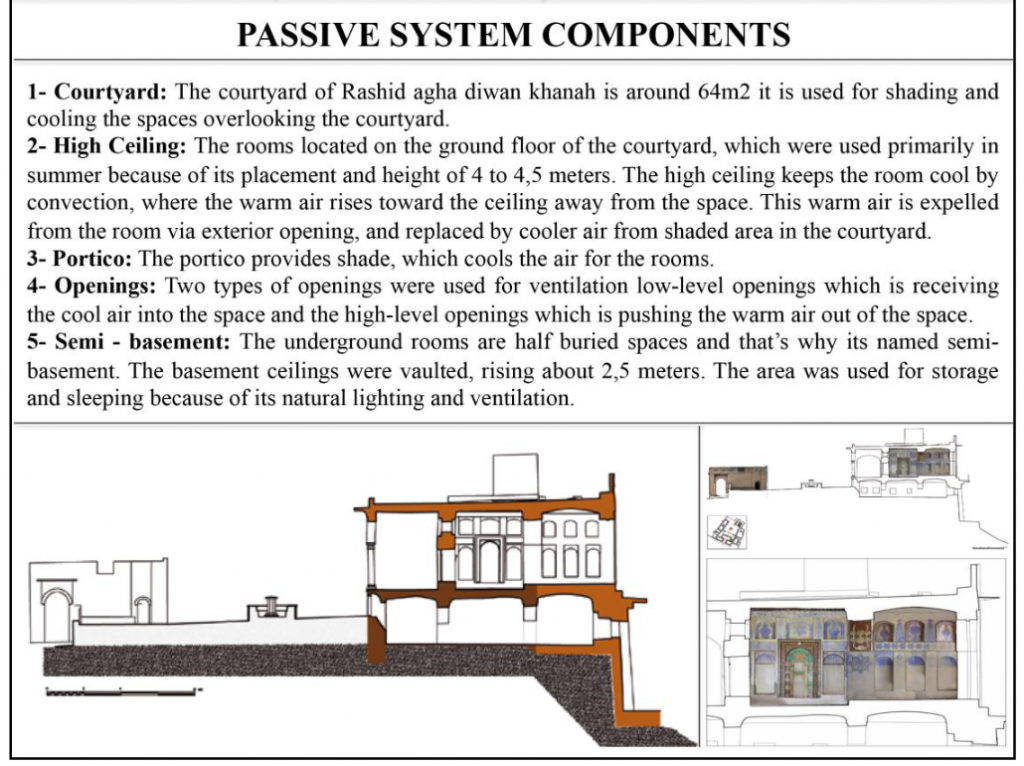
The lower floor is readily accessible from the courtyard by around five steps and is about one to two meters below courtyard level. The vaulted roofs of the semi-basement stand on substantial brick piers. A few windows facing the courtyard provide light and air, and ceilings are typically about 2.5 meters high.
One or two staircases lead right up to the upper floor from the courtyard. The ceiling height in this area ranges from 4 to 4.5 meters.
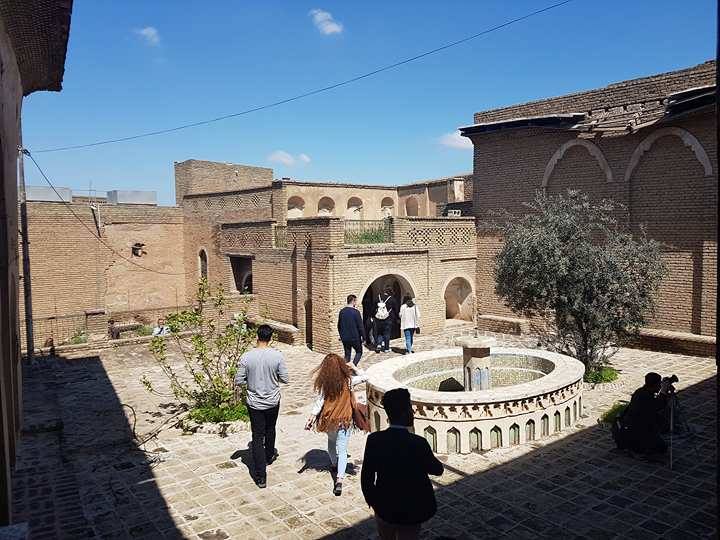


 Kurdish
Kurdish